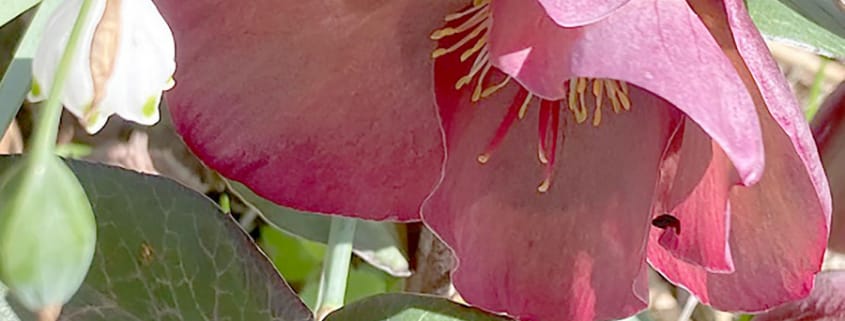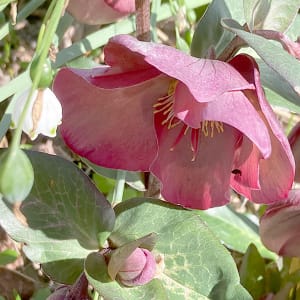Glorious autumn
Well, here we are heading into the cooler months of the year again and let’s not forget that the garden can be as beautiful in the throes of late autumn/winter as during the warmer seasons of spring and summer.
The cooler months bring with it the beautiful colours of deciduous trees with their interesting shapes and bark colours as they commence to enter the wintering phase. There’s no better time than now to see the amazing colours of the bark of crepe myrtle. This beautiful small tree not only has amazing flowers in mid-autumn but is then followed by glorious, coloured leaves that, as they fall, reveal the greyish-pink bark that is a standout feature of this plant.
Another great tree for winter colour is the golden ash that, after losing its leaves, is left with lovely yellow branches that give an eerie look through the frost and fogs of winter.
If you are considering planting a deciduous tree in your garden, take a drive around your local area and have a look at some established trees. This will give you an idea of how the tree might fit into your space. Good nurseries will have container-grown trees available in autumn, so you can get an early start with your planting instead of waiting until bare-rooted plants arrive in mid-winter.
The autumn garden brings with it the flowering of many plants including the glorious hellebores. These beautiful perennials thrive under deciduous trees as they are protected from the summer heat by the trees and, as the leaves fall, they are exposed to the winter sun where they throw out their clusters of softly coloured flowers to face the sun. There has been an amazing amount of breeding done with these plants in recent times bringing to the gardening world many forms and colours. Both in single and double forms they come in a wide range of colours from white, through shades of pink and burgundy to greys and yellow.
One of my favourites is the Japanese wind flower (Anemone hupehensis), a lovely perennial again suited to a semi-shaded garden with colours of white, pink and burgundy in single and double flowering forms. These plants will now be available at your local nursery and throughout winter.
Another group of plants that perform very well in the cooler months with their late autumn to winter flowering is the Camellia sasanqua. This group of plants has many uses from screening to espaliers and ground covers. The ground cover varieties, such as Marge Miller and Snow, look fabulous in a large pot or as a groundcover hanging over a wall or under and around the base of upright forms of camellia.
Sasanqua camellias are an extremely hardy plant and can tolerate full sun and, once established, lengthy periods of dry conditions. Coming in both single and double forms they have a wide range of colours including white, pink, burgundy and red.
Moving along from plants that make our late autumn into winter gardens look great, we shouldn’t forget about the general maintenance of the garden at this important time. Luckily, we have had some recent rain but it is important to remember that autumn can be very dry in the garden and a close eye should be kept on watering. People often tell me they have not had to water because when they went outside early in the morning that there was dew on the ground and this should keep their plants going. This is completely wrong as this moisture is very soon evaporated by the sun and is not then available to the plants.
Late autumn also brings with it the last opportunity to do some late fertilising of both lawns and gardens to give the plants a last feed before it becomes too cold for them to take up the nutrients. A complete NPK lawn food for the lawns will keep them looking nice and green until the frosts start to brown them off. A couple of handfuls of an organic fertiliser around trees and shrubs will also help them through until spring.
Finally, the flower and vegetable gardens should be well and truly planted with winter/spring plants. Pansies, violas, primulas, wallflowers and stocks are just some of the flowers that can go in now. Cabbage, cauliflower, broad beans, onions and carrots are just a few of the vegetables that could be given a go.



